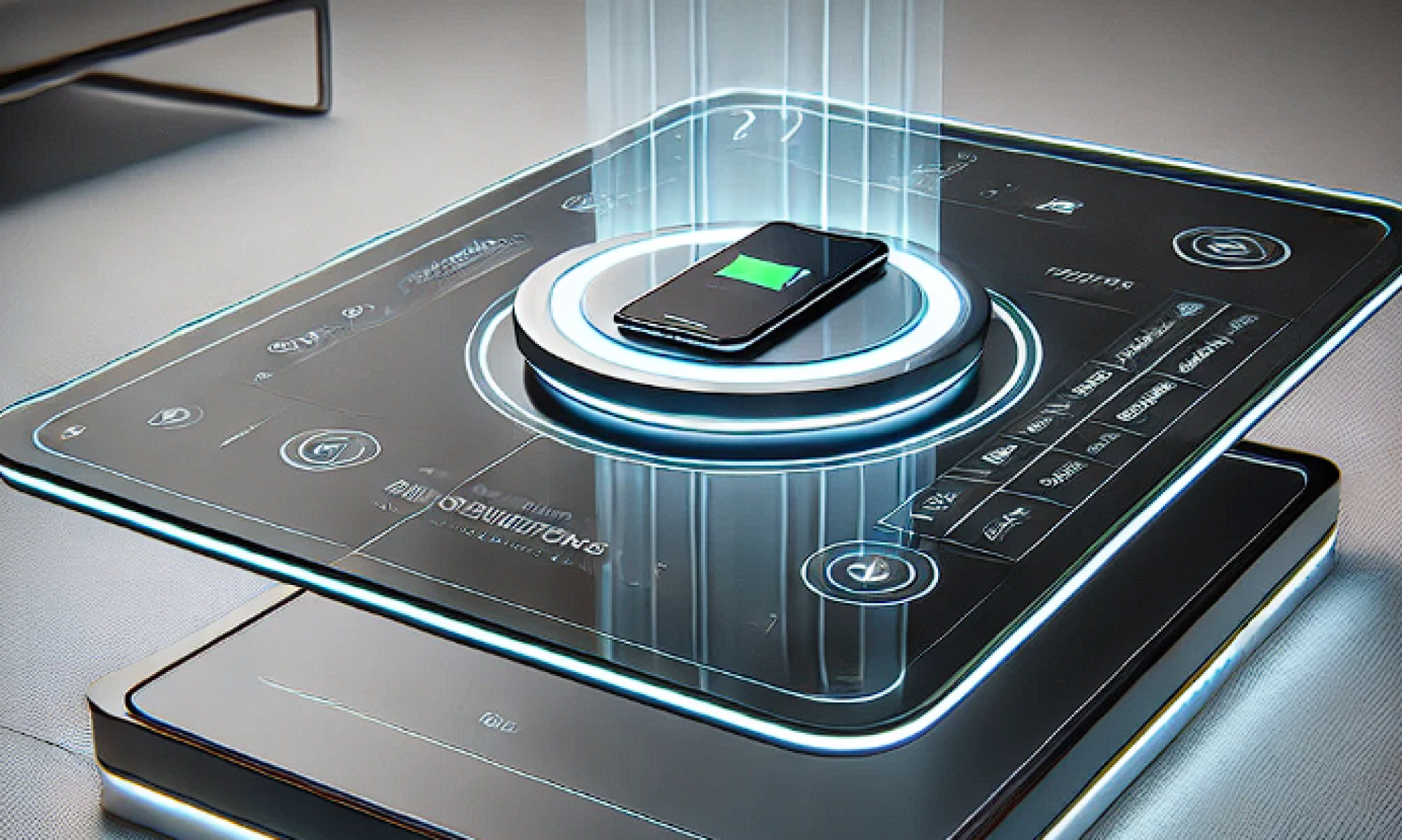Personal Work this week:
- Work on the design presentation, responsible for use case, quantitative design requirements, and solution approach parts.
- Proposed the idea of using armed robot (R robot, single arm) that could rotate. The charging station could then move forward and backward on the arm and finally reach desired charging position. In this condition, the wires and be placed inside the arm, successfully eliminate the original concern regarding the cubic robot’s (our original design) motion affected be charging wire. However, we think the limited area the end effector could reach and the precision issue caused by the arm robot will make our job extremely difficult. So we moved on.
- Meetings with teammates to review the design of our system. We went through in detail regarding our original design, which contains four cubic robots operating on the second layer of the system with each robot hold a charging pad (the charging pad is on top of the robot). However, one important fact that need to be taken into account is the way the robot and the charging pad is charged. Wireless charging can’t ensure constant power supply to the robot system; as for wired charging, the robot will drag the wire during the movement. In this condition, there will be great difficulty to prevent the wire from affecting the robot’s motion. Therefore, we worked together and decided to modify the design. In our new approach, between the second layer and the third layer will be a xy-axis motion system accomplished by belt (also consider linear motors, currently researching on some cheap options). as for the second layer, there will be four charging pads. The motion system (gantry) will use magnetic field to move the charging pad around. In that way we don’t need to worry about wire affecting the motion of the robot.
- Work on the component list. While some parts of the system can be directly produced using 3D printing, some other parts such as the layer, which will be either glass or transparent plastic, will be bought online. I have completed part of the component list and will continue to work on it. We plan to use Nvidia Jetson nano instead of Raspberry Pi. Also, we are considering to build our own charging pad instead of directly purchase existing ones by creating magnetic field between the electronic devices and the charging station. Qi-certified contract is being studied at the same time.
- More details regarding the newest version of our design is included in team status report.
Overall, my progress in on schedule. Because we have finalized our design plan and begin to work on our component lists, we believe we are on the right track.
The next week, I will work together with my teammates for the component list. Because we have finalized our design, we are searching for corresponding components that matches with our design. At the same time, I will work together with Steven to figure out the mechanical design of our system. Because now the second layer only contains the charging stations, the distance between layers will be modified. Also, we will continue to work on the presentation together to ensure our presentation can successfully illustrate and deliver our ideas.
